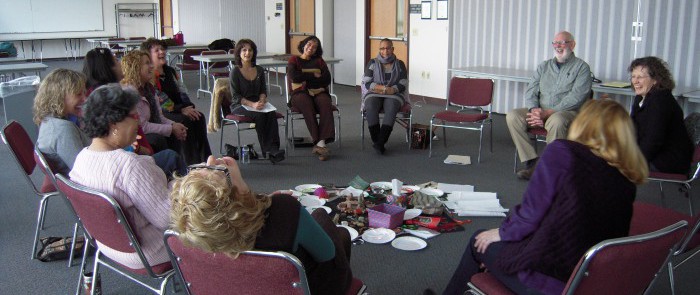
People want to live in safe, peaceful communities. Yet, every day, people harm people. Restorative practices are highly effective ways to prevent harm—and to rebuild relationships when harm has already been done. Restorative practices are proving their success in schools, in the justice system, in communities and in families.
How do restorative practices work
On the surface, restorative practices work in a very simple way: by bringing people together to talk and to share their stories.
Before conflicts arise or harm is done, restorative practices make it possible for people to build relationships. The sense of community this interaction creates helps to prevent problems—and makes it easier to resolve them if they do occur.
But when harm has been done, people rarely want to talk. Injured parties may want to shield themselves from further pain. And those who inflicted harm may not want to face up to their victims—or their mistakes.
After harm has been done, restorative practices bring people together to talk about the impact of that behavior on themselves and their community. By creating a process that is voluntary—and by using methods that reduce anxieties for both victims and offenders—restorative practices work in situations that might otherwise be out of reach.
Restorative practices are proven tools for helping people to listen, to talk—and to understand.
What are the benefits of restorative practices?
Restorative practices have many benefits—to individuals, to communities and to our world:
- Building and strengthening relationships.
- Repairing harm done to individuals, relationships and communities.
- Restoring peace to families and communities.
- Reducing violence.
- Promoting healing.
How can restorative practices help you?
Find out more about how restorative practices can help you, your organization or your loved ones. Call us at 585-473-0970. Or contact us.
